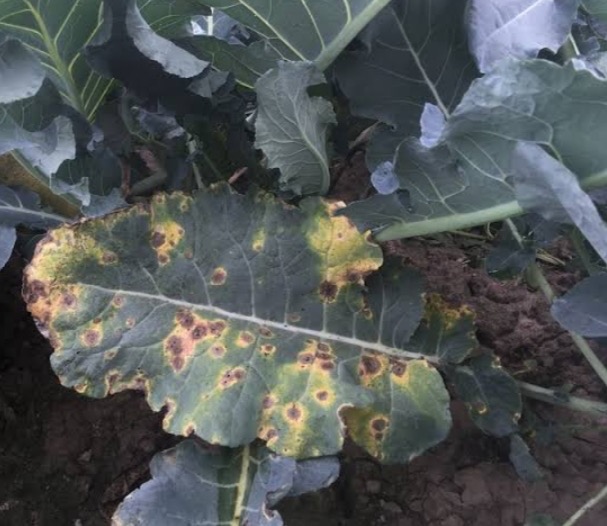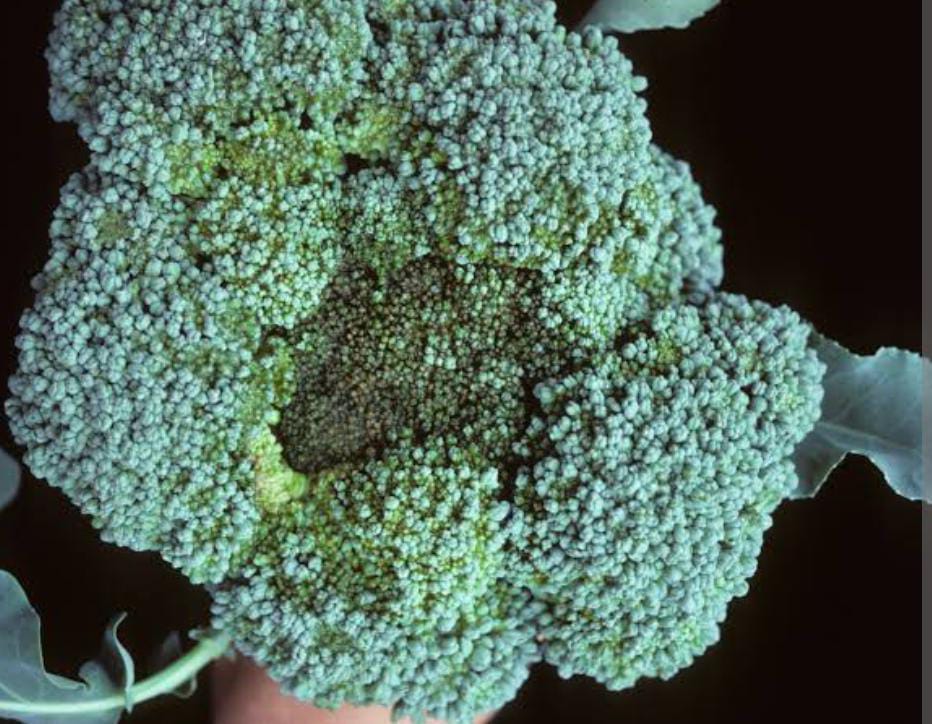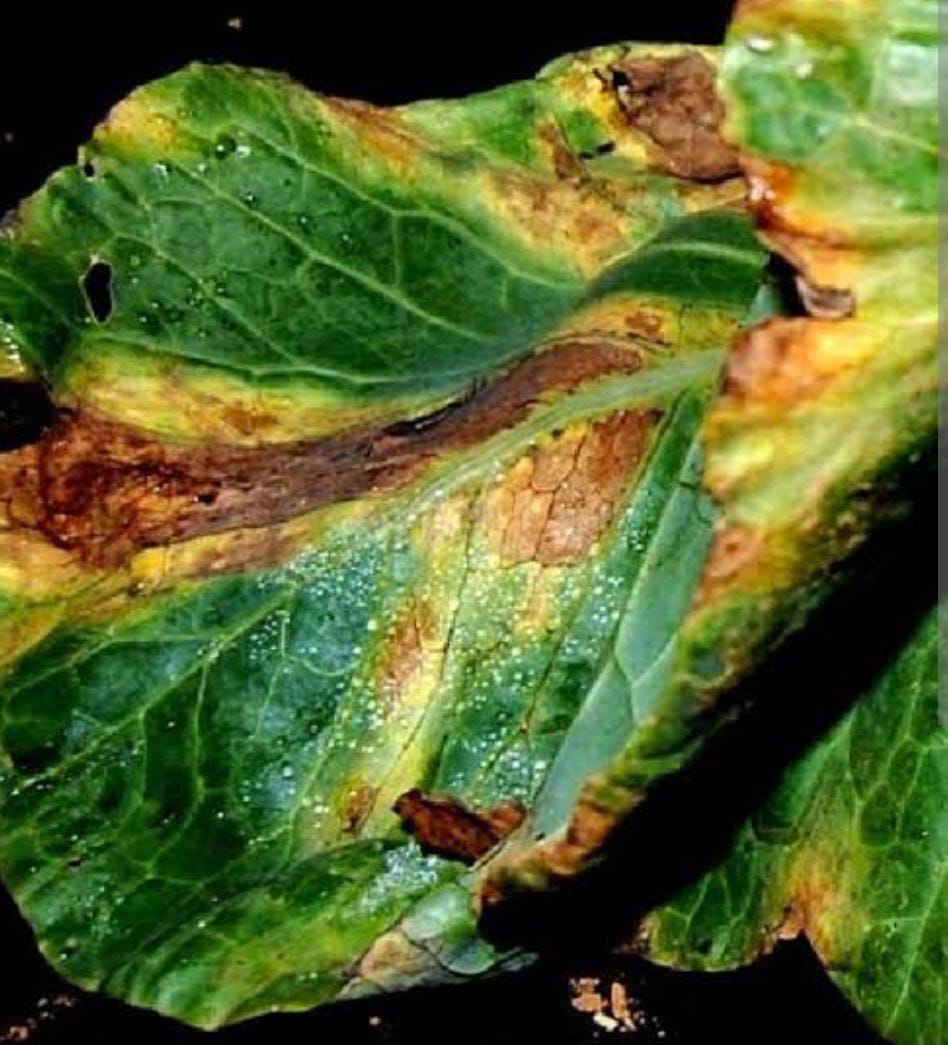Broccoli Plant
Broccoli is an annual vegetable with a height of 18-36 inches. It is frost-tolerant and prefers well-drained,
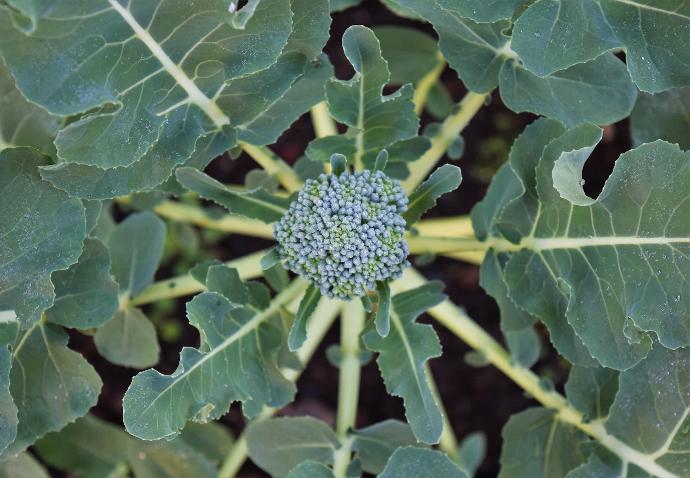
Habit
Annual
Height
30-60cm
Growth
Moderate
Soil
Loamy, well-drained
Shade
Full Sun
Moisture
Moist
Edible
Yes
Medicinal
No
Origin
Mediterranean
Climatic Condition
Cool, temperate
Temperature (°)
18-24°C
Humidity (%)
50-70%
Potting media
Organic compost
Fertilizers
10:10:10 NPK
Watering
Regular
Plant Weight
250-500g
Flowering Time
Winter
Soil Ph level
6.0-7.0
Water Ph level
6.0-7.5
Soil EC
Low
Yield Per Plant
1-2 kg/plant
NPK ratio
10:10:10
life Span
Annual
Health Benefits
Rich in vitamins A, C, K
Suggested Grow Media or Potting Mix ?
40% compost, 30% peat moss, 30% perlite
Suggested Fertigation/Fertilizers
Fertilize every 2 weeks with a balanced, water-soluble fertilizer.
Common Diseases and Remedies
Alternaria leaf spot , black rot , downy mildew
spots are small , dark coloured and spots develop concentric rings , chlorotic or yellow areas near the leaf margin , veins and vinelets turn brown and finally black , small purplish brown spots on under surface of leaves
Avoid water logging conditions and remove the infected crop debris
HEALTH BENEFITS
· High in vitamins C and K, supporting immune and bone health.
· Contains sulforaphane, which may help prevent cancer.
· Aids digestion and supports heart health.
What Is An Broccoli ?
Broccoli is a cruciferous vegetable that is related to cabbage, kale, cauliflower, and Brussels sprouts. This vegetable is known for its beneficial effects on health. Broccoli is rich in many nutrients, including dietary fiber, vitamin C, vitamin K, iron, and potassium.
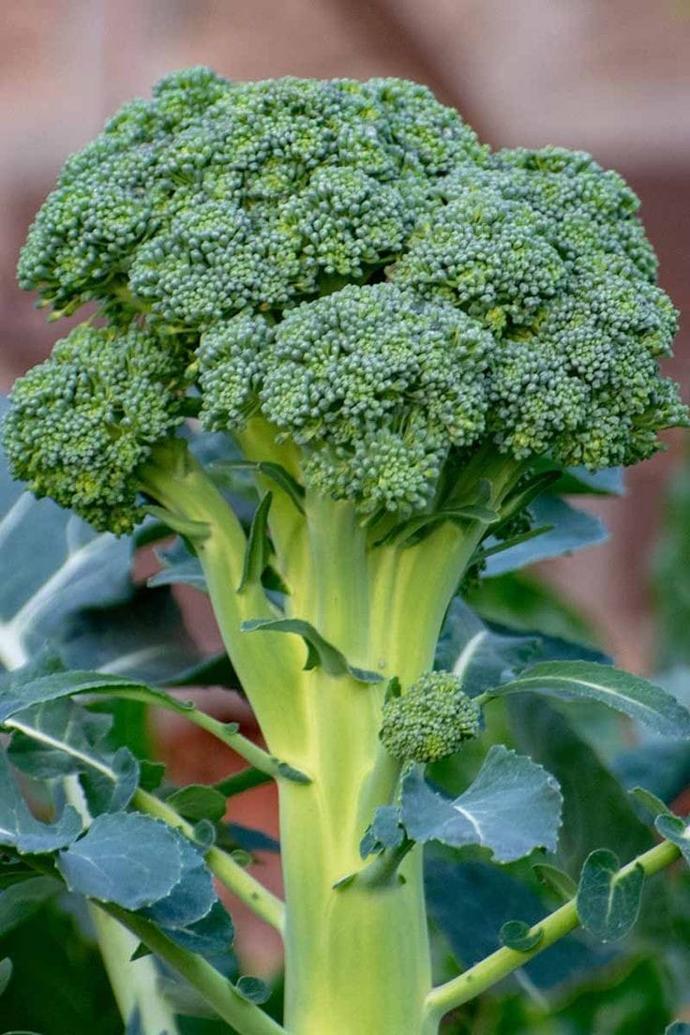
What Are The Different Types Of Broccoli ?
1. Purple sprouting broccoli
Purple sprouting broccoli is a species of Brassica oleracea. It belongs to the Brassicaceae family, which includes many other Calabrian broccolis. The most well-known variety of broccoli, Calabrese, is an open-pollinated variety that produces bright, green, crispy, delicious ears .
2. Broccoli rabe (Brassica rapa subsp. rapa)
It has some of the well-known characteristics of broccoli. It shares the same subspecies as beet, which is actually part of broccoli
3. Romanesco broccoli (Brassica oleracea var. Botrytis)
It is a stunning bright green cousin of broccoli that resembles a fractal in nature. Coming soon .
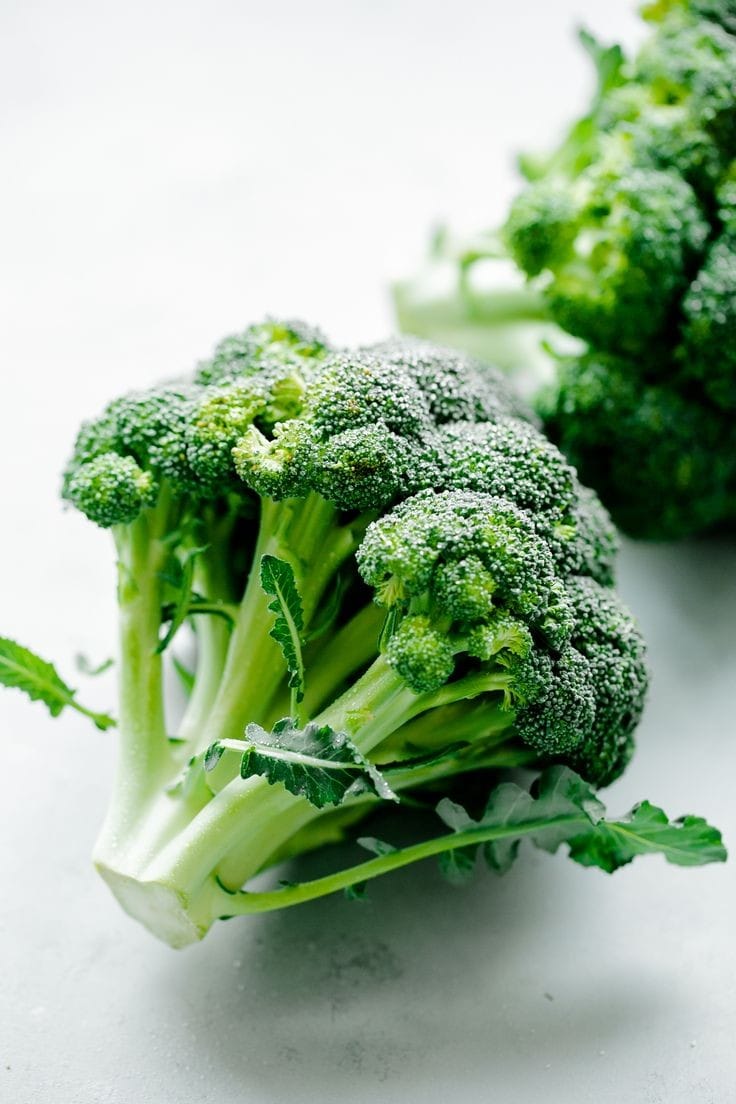
How to Care Broccoli ?
1. Location
Broccoli is native to the Mediterranean, cultivated in Italy during Roman times and introduced to England around 1720. Unlike cauliflower, broccoli is a relatively new crop to American consumers.
2. Sunshine
Broccoli grows best in full sun, which means at least six hours of direct sunlight on most days. However, in extremely hot climates, the plant may need partial afternoon shade to avoid bolting, or flowering and seed production
3. Soil
Soil Requirements Broccoli grows best in soil with a pH between 6.0 and 6.8. Clay soils like those found in Georgia should definitely be amended with topsoil, compost, or fertilizer to improve drainage and available nutrients.
4. Hydration
Broccoli, 90% Water If you're a fan of broccoli, you'll be happy to know that these florets are about 90% water. Broccoli also contains many important nutrients, including vitamin K, vitamin A, iron, calcium, and folic acid.
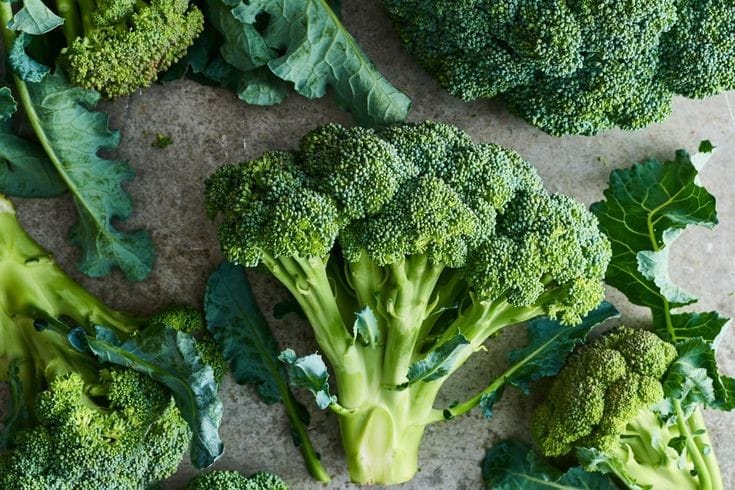
5. Nourishment
The soil should be loose, just moist, and have a near-neutral pH value. I use a 5-10-10 N-P-K fertilizer, but broccoli needs more phosphorus and potassium than nitrogen.
6. Issues
Additionally, broccoli, like kale and cabbage, is in the cruciferous family and can cause stomach problems and bloating in some people. “Another reason to avoid eating too much broccoli is that it can cause bowel problems
What are the Benefits of Broccoli ?
Health Benefits such as Reduces Risk of Cancer Cruciferous vegetables contain many antioxidants that may help prevent cell damage that leads to cancer. Strengthens immune health. Vitamin C is an antioxidant that provides many benefits . Improves skin health . Reducing the risk of diabetes

FAQs About Growing Broccoli
1. What are the benefits of eating broccoli ?
Broccoli is a nutritious vegetable that can improve your health in many ways, including: B. Reduces inflammation, improves blood sugar control, strengthens the immune system, and promotes heart health. However, remember that health does not come from a single food.
2. What organ is broccoli good for ?
Broccoli is a cruciferous vegetable rich in antioxidants and other beneficial plant compounds. It can also provide multiple benefits, including eye health, heart health, and disease prevention, among others.
3. Is broccoli rich in protein ?
Broccoli contains the following proteins: 1 cup (88 g) of chopped broccoli contains 2.5 g of protein. 100g of broccoli contains 2.8g of protein .
4. Is broccoli better eaten raw or cooked ?
Broccoli leaves and stems are highly nutritious, but the florets have even higher concentrations Contains nutrients and phytochemicals. Raw broccoli contains more vitamin C than cooked broccoli, but cooked broccoli makes carotenoids more available to your body. Enjoy with cooked or raw broccoli.
5. Is broccoli good for your skin ?
Broccoli is rich in many vitamins and minerals that are important for skin health, including zinc, vitamin A, and vitamin C (20). It also contains lutein, a carotenoid that acts similar to beta-carotene. Lutein helps protect your skin from oxidative damage that causes skin dryness and wrinkles.
